
Available therapies combined with new approaches that address social determinants of health and other barriers to care can help, suggests new statement.
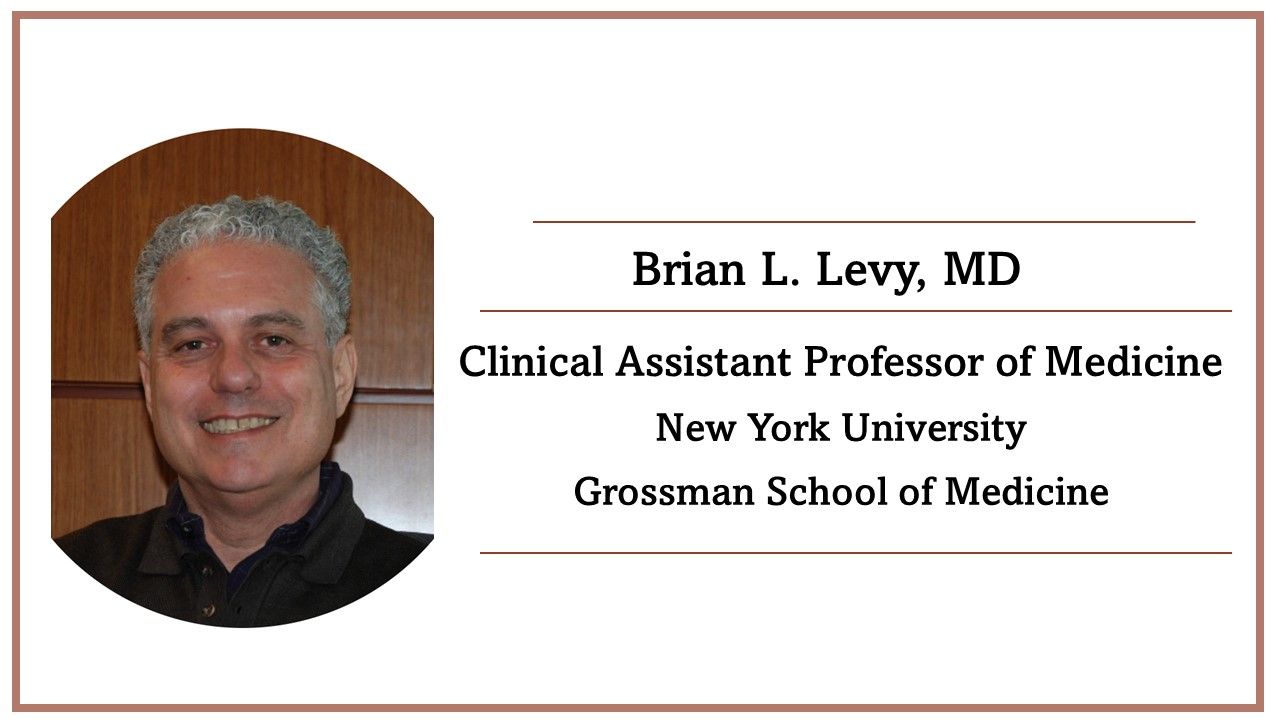
Your T2D Patient Needs Mealtime Insulin: Counsel on Options, then Move Ahead

Barriers to Intensifying Insulin in T2D Management: An Interview on Clinical Inertia

Available therapies combined with new approaches that address social determinants of health and other barriers to care can help, suggests new statement.

WATCH: The FDA approval of semaglutide 2.4 mg for adults with obesity was "by far the big event in 2021," said Donna Ryan, MD. More from our look back/look ahead interview, here.

The ADA's annual update to its comprehensive evidence-based standards includes new guidance on diabetes screening, first-line therapies, and comorbid NAFLD/NASH.

CGMs have revolutionized diabetes management for patients and healthcare providers alike. This slide show summarizes the most recent enhancements.

Get a quick look at 12 of the many FDA-approved drugs in 2021 for conditions commonly seen in primary care.

ADA 2021 Scientific Sessions recap, tests of clinical knowledge, expert interviews, and more in this roundup from Patient Care Online.

Weight loss and disease remission in T2D may differ between patients regardless of type of diet regimen chosen, say authors of a new analysis.

Among patients with diabetes, over 50% of statin users experienced diabetes progression vs 48% of non-statin users, according to a retrospective matched-cohort study.

EASD 2021: First analysis of its kind found COVID-19-induced lockdown was associated with improved glycemic control among patients with T1D, but not T2D.

From 2001 to 2017, the estimated prevalence of youth-onset T1D and T2D increased approximately 45% and 95%, respectively, according to a new study.
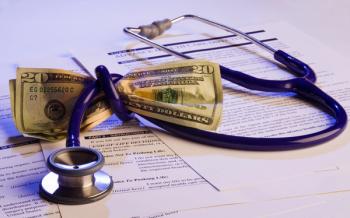
Low-income patients with diabetes enrolled in high-deductible health plans used less preventive and primary care services and more emergency visits, suggests new review.

Take this quick quiz to test your knowledge of key findings in landmark studies on the cardioprotective effects of SGLT2i and GLP-1 RAs.
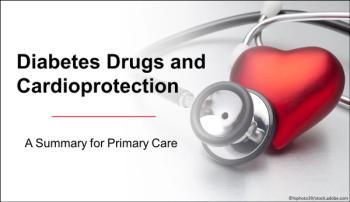
These concise summaries highlight the latest findings on the cardioprotective effects of SGLT2 inhibitors and GLP-1 RA in patients with diabetes.

Five years after bariatric surgery for uncontrolled T2D patients reported improvements in physical health and QoL but measures of psychosocial wellbeing remained flat.

Early attainment of an A1c level below 7% was predictive of long-term glycemic control in patients with type 2 diabetes starting second-line glucose-lowering therapy in a new analysis.

A recent study found that the use of statins in patients with newly diagnosed T2D reduced incidence of cardiovascular disease and death, particularly among older patients.
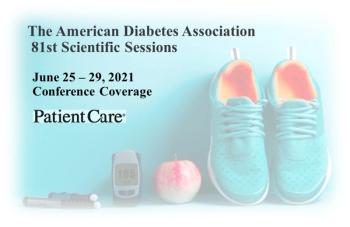
ADA 2021. A subgroup analysis of the FIDELIO-DKD trial showed that finerenone use was beneficial regardless of baseline insulin use among patients with T2D and CKD.

ADA 2021. Dapagliflozin was found to reduce type 2 diabetes incidence among patients with chronic kidney disease in a prespecified analysis of the DAPA-CKD trial.

Data released today at the American Diabetes Association 81st Scientific Sessions on a spike in new onset pediatric T2D at a single center during COVID-19 may signal much wider incidence.
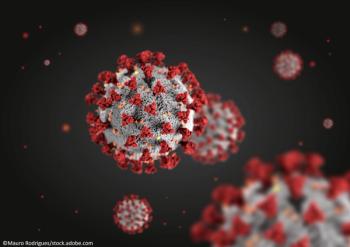
The upcoming ADA virtual 81st Scientific Sessions will feature 5 sessions on the latest diabetes developments learned during the initial phases of the COVID-19 pandemic.

The novel Bigfoot Unity Diabetes Management System could help improve insulin dosing in patients with type 1 or type 2 diabetes.
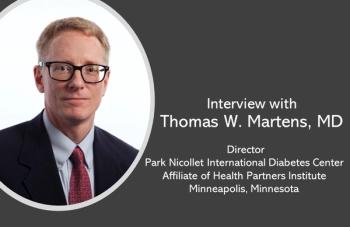
Patients with T2D see significant improvement in glycemic control using continuous glucose monitoring. MOBILE study lead author Thomas W. Martens, MD, highlights the evidence.
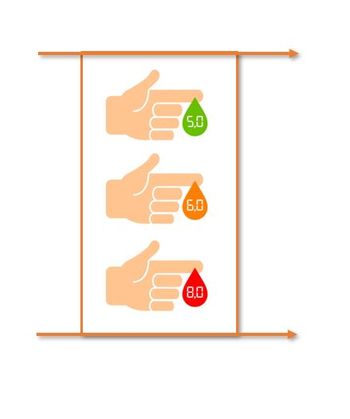
Assessment of prediabetes subphenotypes is a novel approach to better screening, prevention, and treatment for patients at risk of progression to T2D. Find out how much you know about it.

MOBILE study group: in patients with type 2 diabetes on a less intensive insulin regimen, CGM use lowered A1c and increased time in target glucose range vs traditional blood glucose monitoring.
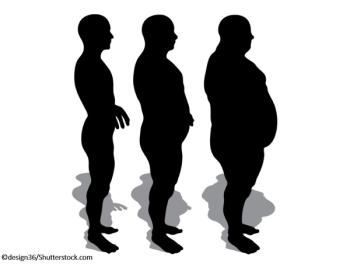
Authors of a new study say their findings suggest bariatric surgery should be considered first-line treatment for the management of obesity in patients with type 2 diabetes.